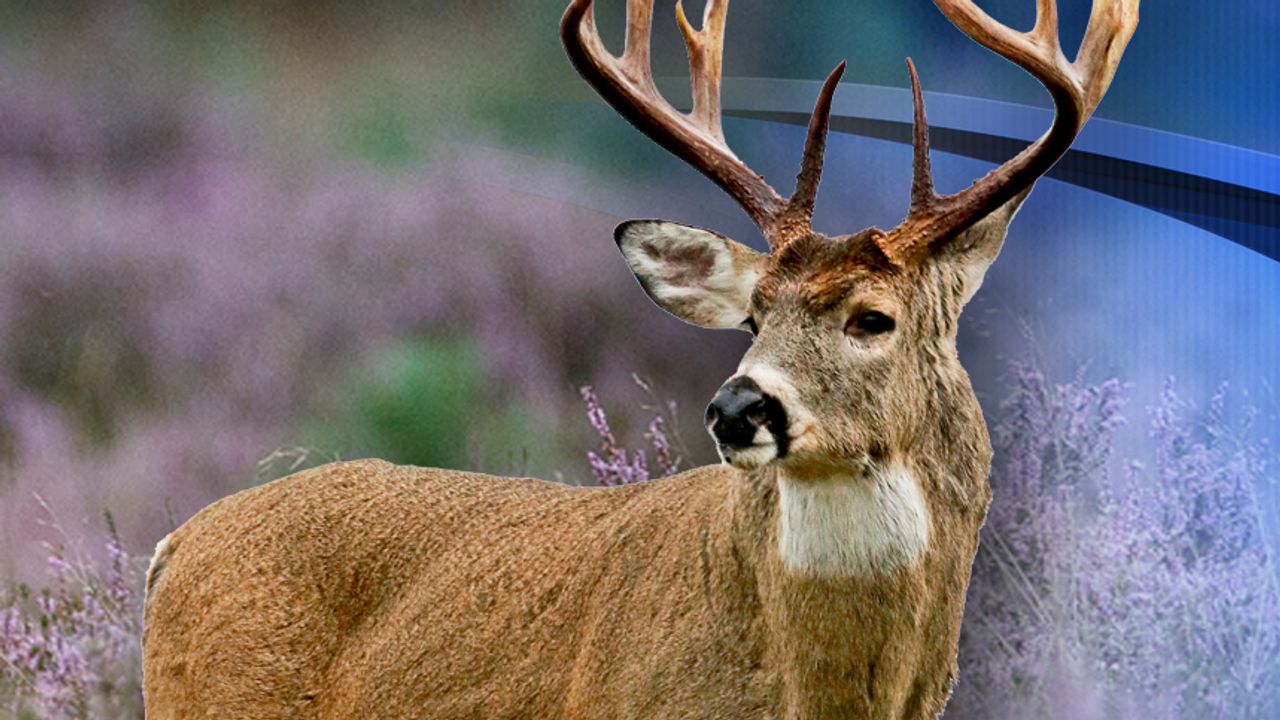Deer hunting licenses, regulations now available
[anvplayer video=”5126118″ station=”998122″]
Minnesota deer hunters can now buy licenses and find 2022 hunting regulations online.
Monday, the Minnesota Department of Natural Resources (DNR) put hunting licenses on sale and updated hunting regulations online. Print copies of regulations will be available wherever licenses are typically sold.
“We’re excited about deer hunting this year,” Kelly Straka, the DNR’s wildlife section manager, said. “Hunters in 20% of our deer permit areas will have increased opportunities for harvest, and opportunities in 70% of DPAs remain unchanged from last year. In some areas of northern Minnesota, severe winter conditions have impacted low deer numbers, so hunter opportunity in these areas is designed to help stabilize or increase those populations.”
The changes for 2022 include eight more deer permit areas (DPAs) and more license options for the early antlerless season, and increased bag limits in 28 DPAs. The limits remain the same in 90 DPAs while 12 were lowered.
Minnesota’s deer seasons run as follows:
- Archery: Sept. 17 through Dec. 31.
- Youth and early antlerless: Oct. 20 through Oct. 23.
- Firearms: Opens Nov. 5, closes at various points based on each DPA.
- Muzzleloader: Nov. 26 through Dec. 11.
More information for each DPA is available online.

(KSTP-TV)
Additionally, the DNR announced changes in chronic wasting disease (CWD) sampling this year.
Hunters will be able to submit samples through taxidermists that partner with the DNR or by dropping off heads at self-service sampling stations. Mail-in kits and appointments are also options.
The DNR says it will have fewer self-service sampling stations this fall than in the past and, with the exception of point-based surveillance zones, the self-service stations will only be available in firearms season.
The revised approach will allow the agency and hunters to work together to ensure robust data collection, the DNR says.
“Keeping Minnesota’s deer healthy remains a top DNR priority. The DNR’s commitment to sound surveillance and aggressive management of CWD has not changed. What is different is how we’re accomplishing that from place to place and improving options for hunters to help us with disease surveillance,” Straka said.
The agency says it is still conducting rigorous sampling in areas where CWD has been detected, and it continues to make CWD sample submissions mandatory in all CWD zones on opening weekend of the firearms season. Carcass movement restrictions also remain in effect for CWD management and control zones.